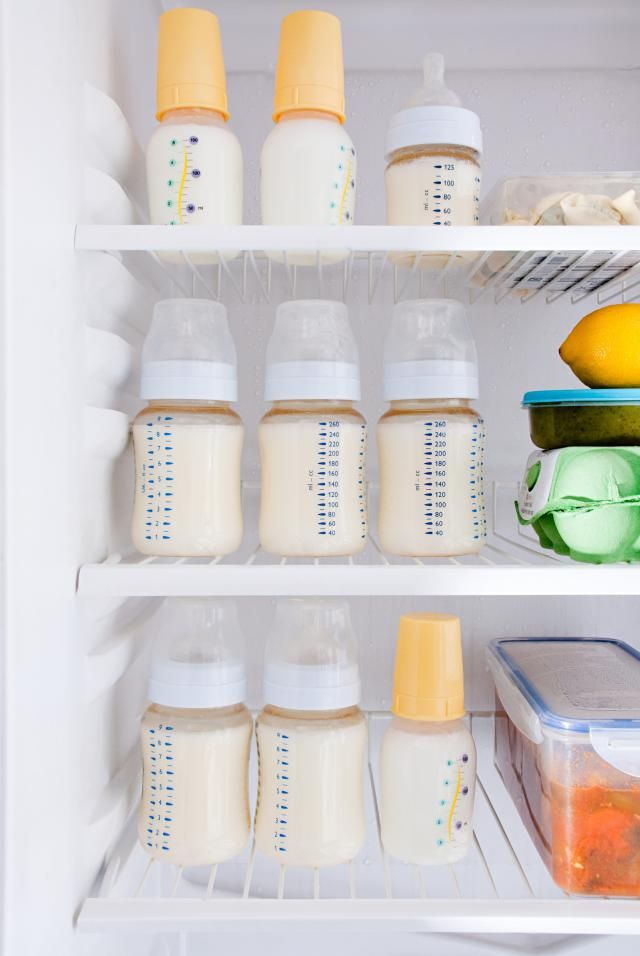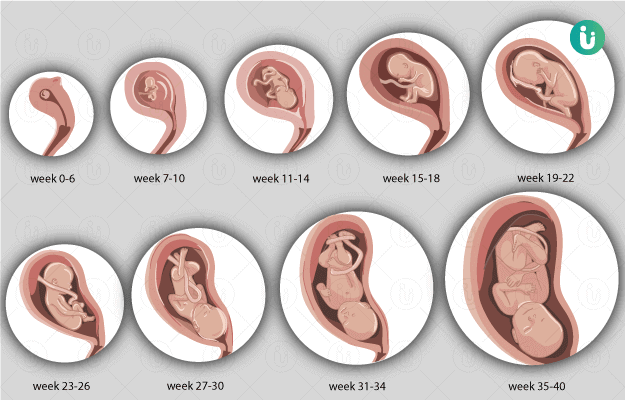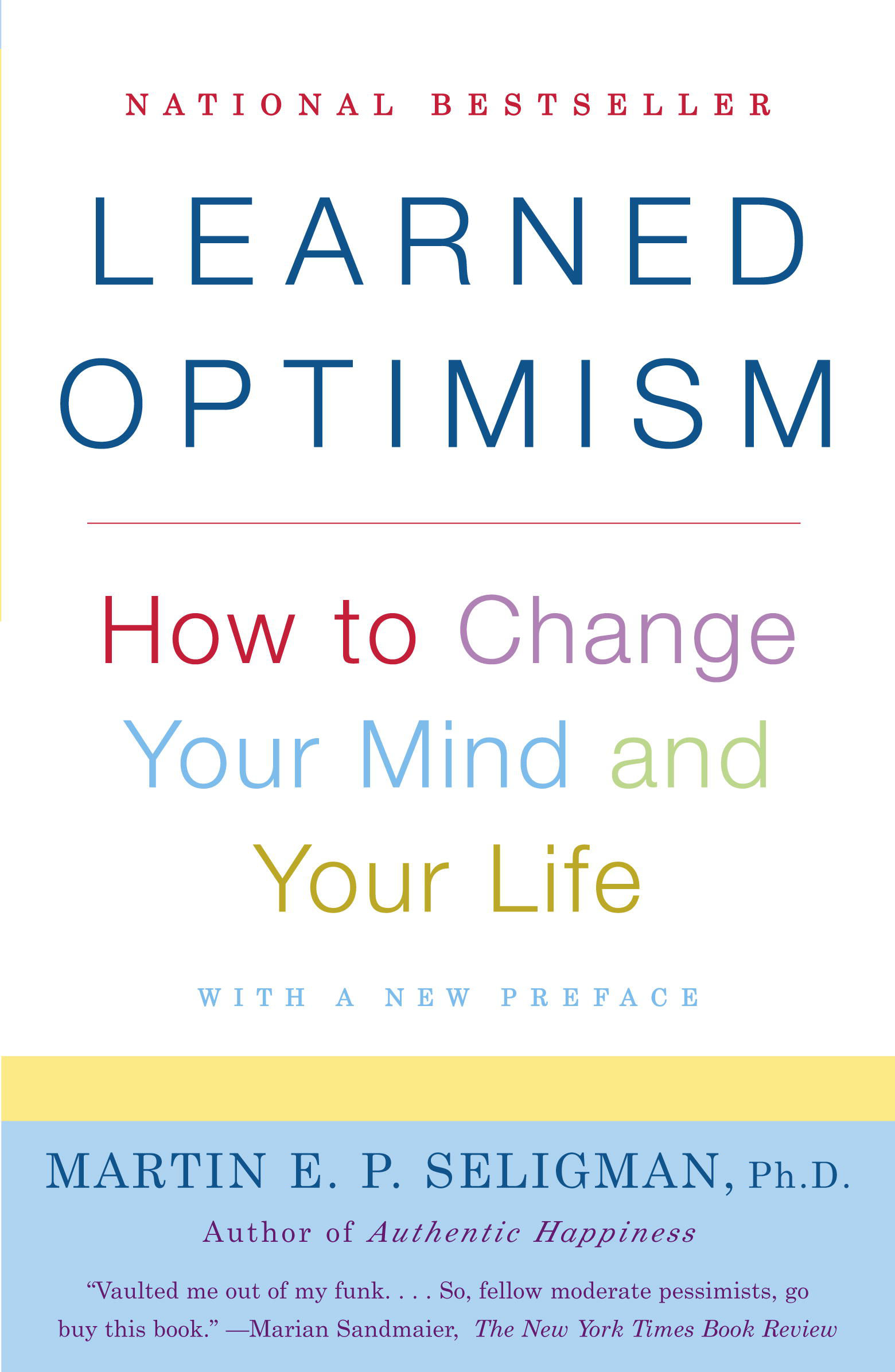What's in breastmilk
Breast milk composition | What’s in your breast milk?
It’s full of nutrients that feed and protect your baby, but did you know breast milk composition varies over time? Find out what’s in breast milk and how it changes to meet your baby’s needs
Share this content
As your baby’s first food, you might expect your breast milk ingredients to include basic essential nutrients, such as carbohydrates, proteins and fats, as well as water to keep her hydrated, which it does.1 But breast milk is no ordinary food – it has more value than nutrition alone.
What’s breast milk made of?
Here are some of the other constituents of human milk present at every feed, many of which can’t be replicated:
- Millions of live cells. These include immune-boosting white blood cells, as well as stem cells, which may help organs develop and heal.
2
- More than 1,000 proteins3 that help your baby grow and develop, activate her immune system, and develop and protect neurons in her brain.
- All that breast milk protein is made up of amino acids. There are more than 20 of these compounds in your milk. Some of them, called nucleotides, increase at night and scientists think they may induce sleep.4,5
- Over 200 complex sugars called oligosaccharides6 that act as prebiotics, feeding ‘good bacteria’ in your baby’s gut. They also prevent infections entering her bloodstream and lower her risk of brain inflammation.
- More than 40 enzymes.7 Enzymes are catalysts that speed up chemical reactions in the body. The ones in your milk have jobs such as aiding your baby’s digestion and immune system, as well as helping her absorb iron.
- Growth factors that support healthy development.
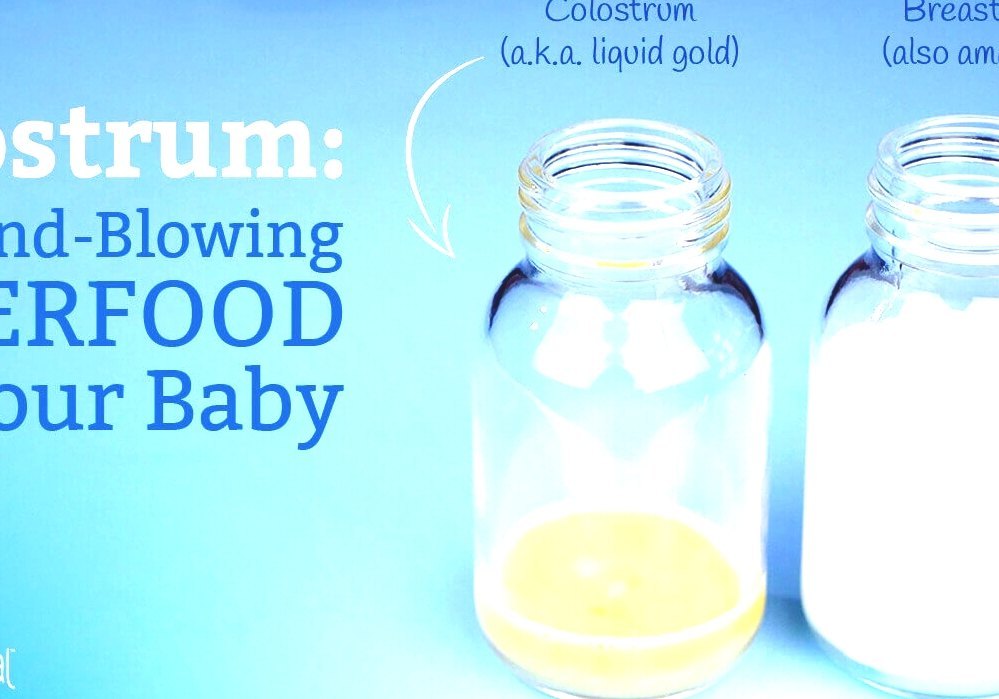 1 These affect many parts of your baby’s body, including her intestines, blood vessels, nervous system, and her glands, which secrete hormones.
1 These affect many parts of your baby’s body, including her intestines, blood vessels, nervous system, and her glands, which secrete hormones. - On the subject of hormones, your breast milk contains lots of them!7 These clever chemicals send messages between tissues and organs to ensure they work properly. Some help regulate your baby’s appetite and sleep patterns, and even aid the bond between you.
- Vitamins and minerals – nutrients that support healthy growth and organ function, as well as help build your baby’s teeth and bones.1
- Antibodies, also known as immunoglobulins. There are five basic forms of antibodies and all of them can be found in your milk.8 They protect your baby against illnesses and infections by neutralising bacteria and viruses.
- You may have heard of long-chain fatty acids because they play a pivotal part in building your baby’s nervous system, as well as aid healthy brain and eye development.
 9 And, you’ve guessed it, there are several of these in your milk too!
9 And, you’ve guessed it, there are several of these in your milk too! - 1,400 microRNAs, which are thought to regulate gene expression, as well as help prevent or halt disease development, support your baby’s immune system, and play a role in remodelling the breast.10
While this is a long list, it’s only some of the ingredients in your breast milk – and scientists are still discovering more. Remarkably, the levels of these ingredients can fluctuate over time, depending on your baby’s age and needs.
Let’s start at the beginning…
The first few days: Colostrum
The early milk your breasts produce after your baby’s birth is called colostrum. This thick, sticky breast milk is often called ‘liquid gold’, not just because of its yellow or orangey colour, but because it’s so important for nourishing and protecting your vulnerable newborn.
At first you’ll produce very small amounts – just 40 to 50 ml (1.4 to 1. 8 fl oz) over 24 hours11 – but as your baby’s stomach is only the size of a marble, that’s all she needs. Colostrum is also very easy to digest. And what it lacks in quantity it makes up for in quality.
8 fl oz) over 24 hours11 – but as your baby’s stomach is only the size of a marble, that’s all she needs. Colostrum is also very easy to digest. And what it lacks in quantity it makes up for in quality.
The composition of colostrum
Colostrum has the same ingredients that your later milk will have – it’s just that the amounts of these ingredients are different, as it’s tailored to your newborn’s needs.
For example, colostrum is sometimes referred to as a natural vaccination because its levels of antibodies and white blood cells are so high. Your first milk needs to contain these so it can protect your baby from infections and diseases after she leaves the safety of your womb.
Colostrum’s protective qualities are also important for your baby’s digestive system. Babies are born with a permeable gut lining, which colostrum coats and seals.12,13 This is particularly important if your baby is premature, as she’ll be more at risk from the dangerous gut condition necrotising enterocolitis (NEC).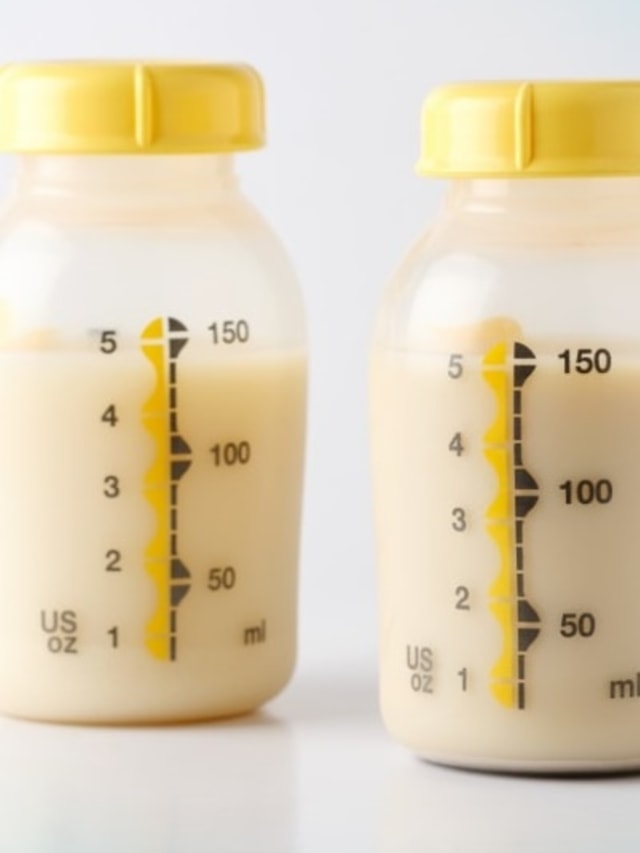 13
13
It’s also rich in minerals and vitamins, with higher concentrations of vitamins A, E and K than mature breast milk. The percentage of protein in colostrum is higher too.1 Colostrum also acts like a laxative that helps your baby pass her first poo, meconium.14
The next couple of weeks: Transitional milk
During the first week of your baby’s life, around two to four days after delivery, your breast milk changes in quantity. You may feel your breasts become fuller and firmer – a change known as your milk ‘coming in’. On the third day, your baby will consume 300 to 400 ml (10.5 to 14 fl oz) of breast milk per 24 hours, and by the fifth day this increases to 500 to 800 ml (18 to 28 fl oz), so it’s not surprising your breasts may feel bigger!11
From day five to 14, your milk is called transitional milk.15 As the name suggests, it’s changing from colostrum to mature milk. It becomes creamier in colour and texture, and also higher in fat, calories and lactose (a natural sugar), making it the ideal food for your rapidly growing newborn.
But rest assured it’s still full of protective antibodies, live cells, ‘good’ bacteria and other bioactive ingredients to help keep her healthy.15
Four weeks onwards: Mature milk
By the time your baby is four weeks old, your breast milk will be fully mature. It’s rich in protein, sugar, vitamins and minerals, plus numerous bioactive components – such as hormones, growth factors, enzymes and live cells – to support your baby’s healthy growth and development.7
From four weeks, the nutritional content and levels of ingredients in mature milk generally remain fairly consistent. But the composition of your breast milk can still change from day to day and feed to feed.
For example, if you or your baby are ill, your body will make antibodies to fight that particular illness, which become part of your milk. And, remarkably, as your baby begins exploring the world and putting toys in her mouth, the level of protective bacteria-fighting enzymes in your milk rises.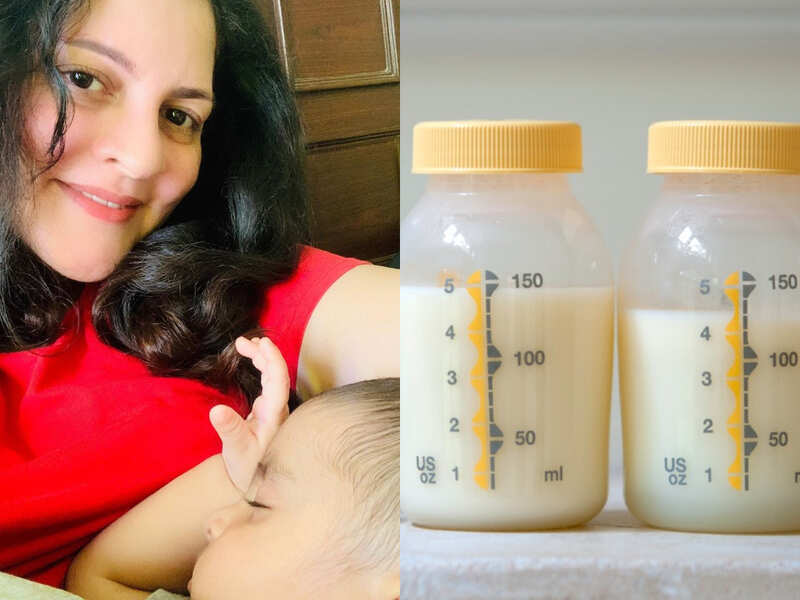 16 This variation in breast milk composition shows how it adapts to your baby’s changing needs.
16 This variation in breast milk composition shows how it adapts to your baby’s changing needs.
What are foremilk and hindmilk?
You may notice your milk seems thicker and creamier towards the end of a feed. This is because, as the feed progresses, the fat composition gradually increases due to the mechanics of milk moving through the breast. It’s often referred to as hindmilk, while the first more ‘watery’ milk is known as foremilk. These two names might lead you to think there’s a switch where foremilk becomes hindmilk, but there isn’t. The change is a gradual process.15 Both are essential parts of a completed feed, and rich in vitamins, minerals, protein and sugars.
Your milk’s fat content relates to how drained your breast is. Your breasts will be fuller at the start of some feeds (milk lower in fat) and more drained at the start of other feeds (milk higher in fat). So don’t worry too much about foremilk and hindmilk – over 24 hours your baby will end up consuming a similar amount of fat in total each day.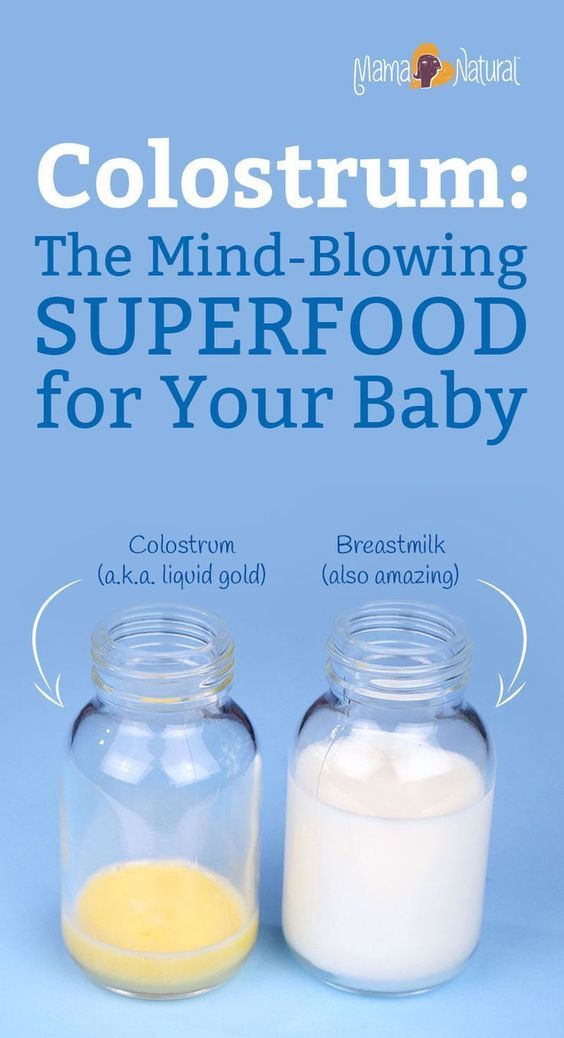 17
17
Breast milk composition after six months
You may be wondering what happens to your milk if you continue breastfeeding long-term. Can your body really keep producing such high-quality mature milk for months and months, or even years? The answer is, don’t underestimate your breasts!
While it’s true you’ll need to start introducing solids at six months to bolster your baby’s stores of certain nutrients, such as iron,18 your milk will still make up a large part of her diet.
For example, when your baby is seven months old she will still be getting 93% of her calories from breast milk. Even between 11 and 16 months, around half of her daily calorie intake will be from milk.19
So relax in the knowledge that you can both continue to enjoy the benefits of breastfeeding for many months to come.
References
1 Ballard O, Morrow AL. Human milk composition: nutrients and bioactive factors. Pediatr Clin North Am. 2013;60(1):49-74.
2 Hassiotou F et al. Cells in human milk: state of the science. J Human Lact. 2013;29(2):171-182.
3 Beck KL, et al. Comparative proteomics of human and macaque milk reveals species-specific nutrition during postnatal development. J Proteome Res. 2015;14(5):2143-2157.
4 Zhang Z et al. Amino acid profiles in term and preterm human milk through lactation: a systematic review. Nutrients. 2013;5(12):4800-4821.
5 Sánchez CL et al. The possible role of human milk nucleotides as sleep inducers. Nutr Neurosci. 2009;12(1):2-8.
6 Moukarzel S, Bode L. Human milk oligosaccharides and the preterm infant: a journey in sickness and in health. Clin perinatol. 2017;44(1):193-207.
7 Hamosh M. Bioactive factors in human milk. Pediatric Clinics. 2001;48(1):69-86.
8 Brandtzaeg P. The mucosal immune system and its integration with the mammary glands. The J Pediatr. 2010;156(2):S8-15.
9 Uauy R et al. Essential fatty acids in early life: structural and functional role. Proc Nutr Soc. 2000;59(1):3-15.
Proc Nutr Soc. 2000;59(1):3-15.
10 Alsaweed M et al. Human milk cells and lipids conserve numerous known and novel miRNAs, some of which are differentially expressed during lactation. PLoS One. 2016;11(4):e0152610.
11 Neville MC et al. Studies in human lactation: milk volumes in lactating women during the onset of lactation and full lactation. Am J Clin Nutr. 1988;48(6):1375-1386.
12 Marchbank T et al. Pancreatic secretory trypsin inhibitor is a major motogenic and protective factor in human breast milk. Am J Physiol Gastrointest Liver Physiol. 2009;296(4):G697-703.
13 Herrmann K, Carroll K. An exclusively human milk diet reduces necrotizing enterocolitis. Breast Med. 2014;9(4):184-190.
14 Lawrence RA, Lawrence RM. Breastfeeding: A guide for the medical profession; 2011. 1114 p.
15 Martin CR et al. Review of infant feeding: key features of breast milk and infant formula. Nutrients. 2016;8(5):279.
16 Montagne P et al. Changes in lactoferrin and lysozyme levels in human milk during the first twelve weeks of lactation. InBioactive components of human milk 2001 (pp. 241-247). Springer, Boston, MA.
InBioactive components of human milk 2001 (pp. 241-247). Springer, Boston, MA.
17 Kent JC, et al. Volume and frequency of breastfeedings and fat content of breast milk throughout the day. Pediatrics. 2006;117(3):e387-395.
18 Kuo AA et al. Introduction of solid food to young infants. Matern child health J. 2011;15(8):1185-1194.
19 Dewey KG et al. Breast milk volume and composition during late lactation (7-20 months). J Pediatr Gastroenterol Nutr. 1984;3(5):713-720.
What's in Breast Milk? | American Pregnancy Association
American Academy of Pediatrics (AAP) strongly recommends exclusive breastfeeding for the first six months of life and that breastfeeding continues for at least 12 months. It is optimal for both babies and mothers. For babies, it can protect against infections and reduce the rates of later health problems including diabetes, obesity, and asthma. For mothers breastfeeding helps the uterus to contract and bleeding to cease more quickly after delivery.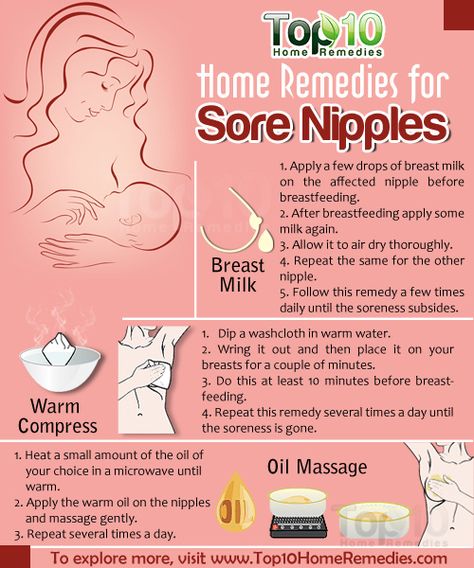 Breastfeeding can reduce the risk of breast and ovarian cancer and also provides a great way for mothers to bond with their babies. The advantages of breastfeeding are numerous. Breast milk is ultimately the best source of nutrition for a new baby. Many components in breast milk help protect your baby against infection and disease. The proteins in breast milk are more easily digested than in formula or cow’s milk. The calcium and iron in breast milk are also more easily absorbed.
Breastfeeding can reduce the risk of breast and ovarian cancer and also provides a great way for mothers to bond with their babies. The advantages of breastfeeding are numerous. Breast milk is ultimately the best source of nutrition for a new baby. Many components in breast milk help protect your baby against infection and disease. The proteins in breast milk are more easily digested than in formula or cow’s milk. The calcium and iron in breast milk are also more easily absorbed.
The following is a brief overview of the components of breast milk and the nutrients they provide for your baby:
Proteins
Human milk contains two types of proteins: whey and casein. Approximately 60% is whey, while 40% is casein. This balance of the proteins allows for quick and easy digestion. If artificial milk, also called formula, has a greater percentage of casein, it will be more difficult for the baby to digest. Approximately 60-80% of all protein in human milk is whey protein.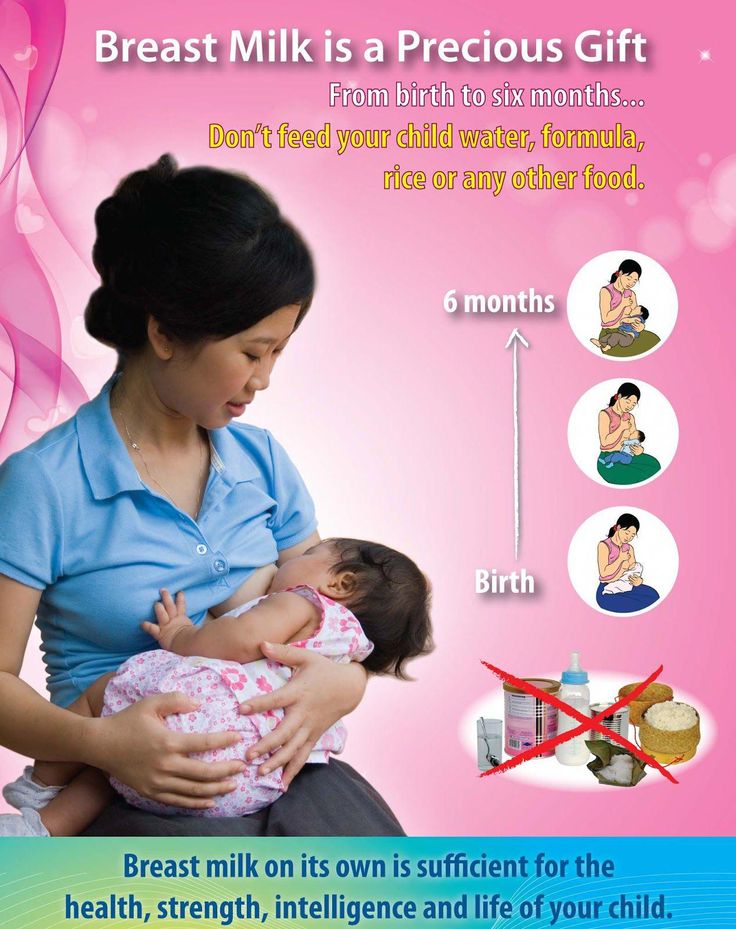 These proteins have great infection-protection properties. Listed below are specific proteins that are found in breast milk and their benefits:
These proteins have great infection-protection properties. Listed below are specific proteins that are found in breast milk and their benefits:
- Lactoferrin inhibits the growth of iron-dependent bacteria in the gastrointestinal tract. This inhibits certain organisms, such as coliforms and yeast, that require iron.
- Secretory IgA also works to protect the infant from viruses and bacteria, specifically those that the baby, mom, and family are exposed to. It also helps to protect against E. Coli and possibly allergies. Other immunoglobulins, including IgG and IgM, in breast milk also help protect against bacterial and viral infections. Eating fish can help increase the amount of these proteins in your breast milk.
- Lysozyme is an enzyme that protects the infant against E. Coli and Salmonella. It also promotes the growth of healthy intestinal flora and has anti-inflammatory functions.
- Bifidus factor supports the growth of lactobacillus.
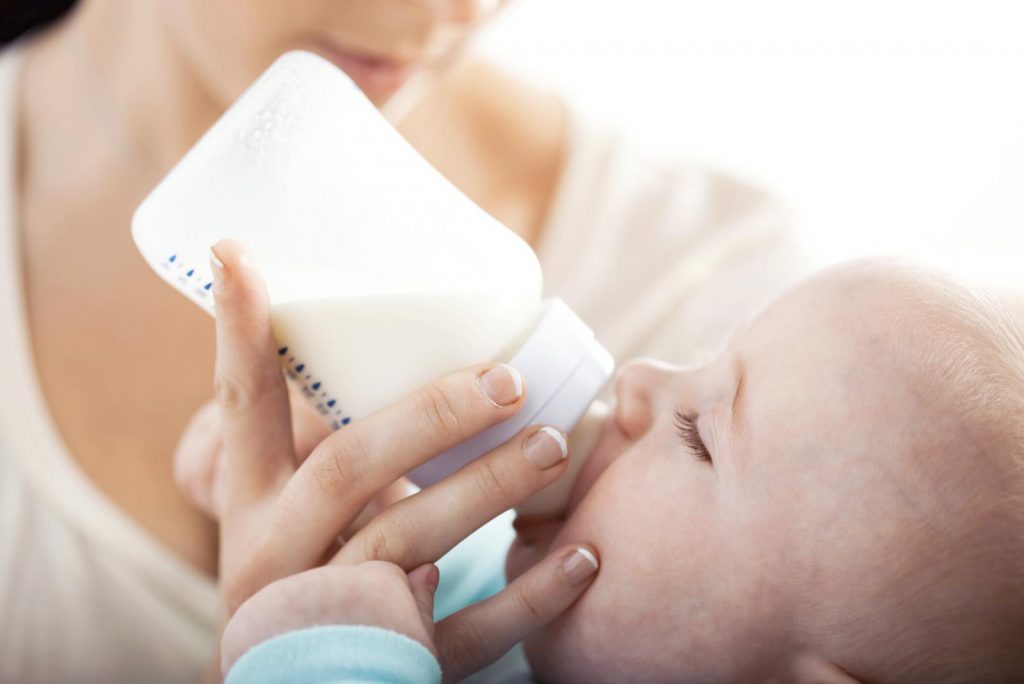 Lactobacillus is a beneficial bacteria that protect the baby against harmful bacteria by creating an acidic environment where it cannot survive.
Lactobacillus is a beneficial bacteria that protect the baby against harmful bacteria by creating an acidic environment where it cannot survive.
Fats
Human milk also contains fats that are essential for the health of your baby. It is necessary for brain development, absorption of fat-soluble vitamins, and is a primary calorie source. Long-chain fatty acids are needed for brain, retina, and nervous system development. They are deposited in the brain during the last trimester of pregnancy and are also found in breast milk.
Vitamins
The amount and types of vitamins in breast milk is directly related to the mother’s vitamin intake. This is why it is essential that she gets adequate nutrition, including vitamins. Fat-soluble vitamins, including vitamins A, D, E, and K, are all vital to the infant’s health. Water-soluble vitamins such as vitamin C, riboflavin, niacin, and pantothenic acid are also essential. Because of the need for these vitamins, many healthcare providers and lactation consultants will have nursing mothers continue on prenatal vitamins.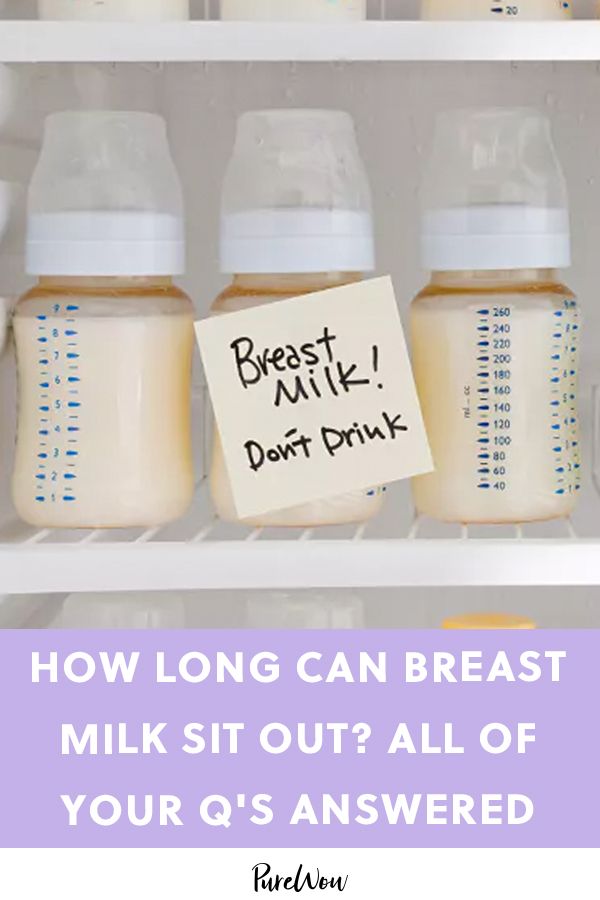
Carbohydrates
Lactose is the primary carbohydrate found in human milk. It accounts for approximately 40% of the total calories provided by breast milk. Lactose helps to decrease a large number of unhealthy bacteria in the stomach, which improves the absorption of calcium, phosphorus, and magnesium. It helps to fight disease and promotes the growth of healthy bacteria in the stomach.
Breast Milk is Best for Your Baby
Breast milk has the perfect combination of proteins, fats, vitamins, and carbohydrates. There is nothing better for the health of your baby. Leukocytes are living cells that are only found in breast milk. They help fight infection. It is the antibodies, living cells, enzymes, and hormones that make breast milk ideal. These cannot be added to the formula. Though some women ultimately are not able to breastfeed, many who think they cannot actually are able to breastfeed. Lactation consultants are able to provide support to women learning to breastfeed. For those who are not able to breastfeed, milk banks or donor milk may be an alternative.
For those who are not able to breastfeed, milk banks or donor milk may be an alternative.
Want to Know More
- Breastfeeding vs Bottle Feeding
- Nutrition During Breastfeeding
- Breastfeeding Latch
Compiled using information from the following sources:
1. Breastfeeding the Newborn: Clinical Strategies for Nurses. Biancuzzo, Marie, 1999.
2. Breastfeeding: How to Breastfeed Your Baby Renfrew, Mary, et al, 2004.
Get the Fetal Life App for Apple and Android endorsed by the American Pregnancy Association. It features meal recommendations, kicks counter, blood glucose tracking, and more.
Milk rivers or what breast milk consists of / Gravida.ru. Everything about pregnancy and childbirth»
I confirm More
- INVITRO
- About company
- 2010
- Milk rivers or from...
- History
- Management
- Special ethics0006 6
- Innovation policy
- Social responsibility
- Technological policy
- Equipment
- TREATE TRANSLY
- Laboratory complex Invitro 9,0006
- Medical marketing 9000
- Feedback 9000 9000. Back to list
Milk rivers or what breast milk consists of / Gravida.
 ru. All about pregnancy and childbirth0050
ru. All about pregnancy and childbirth0050 06/9/2010. Leyla Askerova, Medical Consultant, Independent Laboratory INVITRO
Breastfeeding of infants in their first year of life is called natural feeding, and pediatricians around the world recognize that breast milk remains the best food for a child up to one year old. It contains all the components necessary for the normal development of the baby: proteins, fats, carbohydrates, enzymes, vitamins and minerals. In addition, it contributes to the formation of the baby's immune system, stimulates the growth of normal microflora and enhances the emotional contact between mother and child.
Composition of breast milk:
- Breast milk is 87% water. It is biologically active and easily digestible, so the baby does not need to be specially supplemented.
- Carbohydrates in breast milk are represented by lactose, or milk sugar, their share is 7%.
 Under their influence, iron and calcium are well absorbed, the central nervous system is formed.
Under their influence, iron and calcium are well absorbed, the central nervous system is formed.
- Fats - 4%. This is a building material that contributes to the formation of membranes of all cells, the retina of the eye. To make the immature body of the baby easier to absorb fats, a special enzyme, lipase, is produced in breast milk. The highest concentration of fats is present in the milk that the baby sucks at the end of feeding. Therefore, it is so important not to take the baby from the breast ahead of time.
- Squirrels. The component of breast milk is only 1%. And the more mature the mother's milk, the less protein there is. If there were more of it, it would overload the baby's kidneys and could disrupt the digestion process.
- Vitamins and trace elements - less than 1%. Despite the small amount, all the nutrients of breast milk are easily absorbed by the baby's body. For example, iron is absorbed up to 70%, so children who are breastfed are less likely to suffer from anemia.
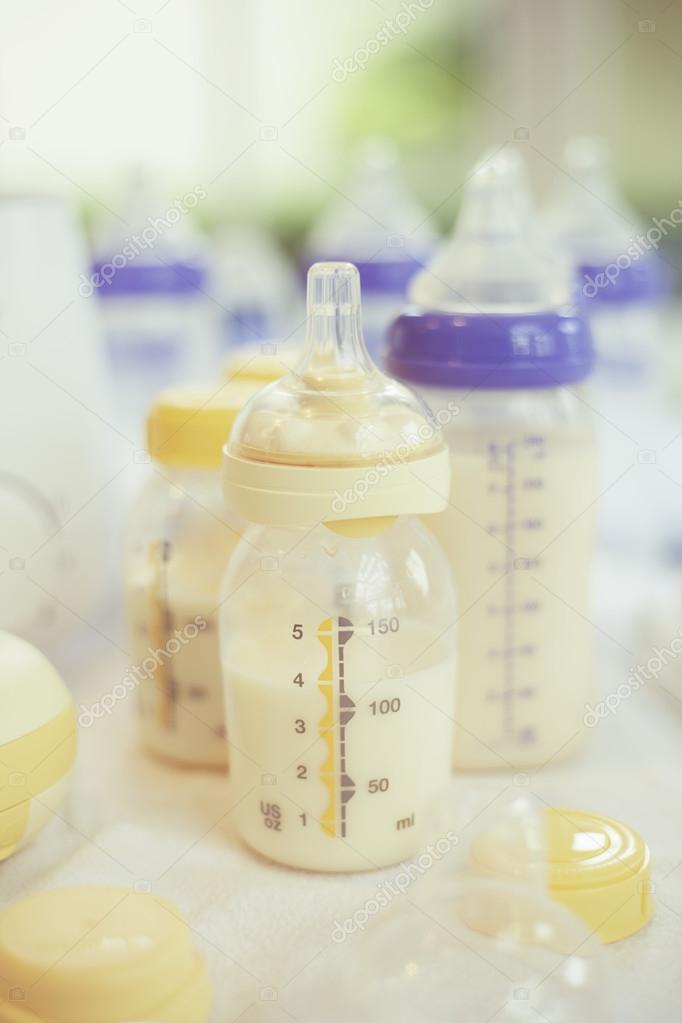 In addition to iron, mother's milk contains calcium, potassium, sodium, zinc, phosphorus, and magnesium in sufficient quantities. Also, breast milk contains hormones, as well as antibodies - substances that help fight infections and carry unique information about the mother's experience.
In addition to iron, mother's milk contains calcium, potassium, sodium, zinc, phosphorus, and magnesium in sufficient quantities. Also, breast milk contains hormones, as well as antibodies - substances that help fight infections and carry unique information about the mother's experience.
In the study of breast milk, it was revealed that the concentration of calcium and phosphorus in it is lower than in mixtures, but they are absorbed much better. Therefore, breastfed children are much less likely to get rickets. But taurine, which is necessary for the formation of brain tissue, on the contrary, is contained in breast milk more than in mixtures, as well as some vitamins, such as vitamins D and E. But it's not just about nutrients.
Often mothers try to determine the nutritional value of their milk by color - how fat, thick or, conversely, how watery it is. Such attempts are fundamentally wrong, since the breast milk released during one feeding is divided into "front" and "back".

"Front" milk is the milk that first gets to the baby during feeding. It is produced in the interval between feedings and makes up a small part of the total volume of milk that the baby sucks out at a time. Foremilk is usually watery and milky white in color.
The "hind milk", which is produced directly during feeding, contains more fat and protein than the first milk, and, accordingly, more calories necessary for the development of the child. It has a yellowish tint, and when it is expressed, droplets of fat appear on the surface.
The composition of breast milk is constantly changing and depends on many factors, namely:
- time of day - milk is fatter at night;
- weather - in the hot season there is more water in milk;
- mother and baby well-being;
- the child's age.
Mastitis and breast milk
Frequent postpartum complications in lactating women - lactostasis and mastitis.
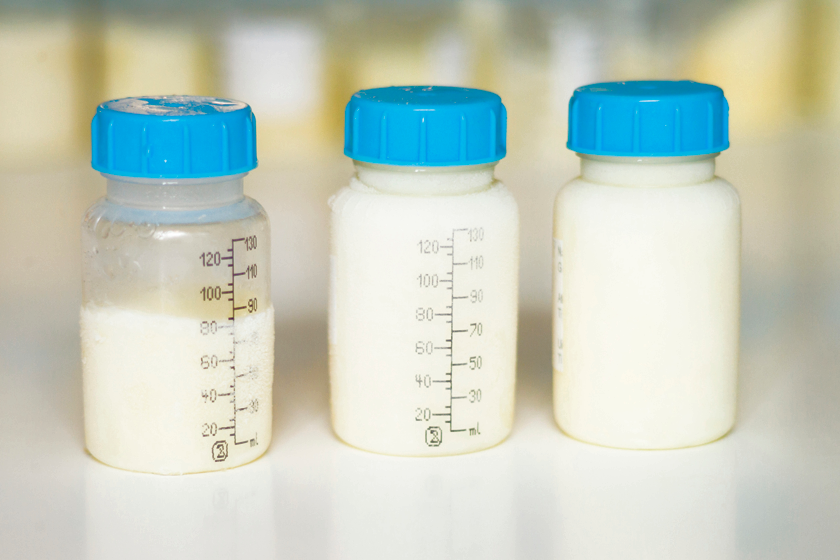 These two diseases should be distinguished, because. if lactostasis (stagnation of milk in the ducts of the gland) can be eliminated by proven "grandmother's" methods - accurate expression of milk, then the treatment of mastitis is necessarily carried out under the supervision of a doctor.
These two diseases should be distinguished, because. if lactostasis (stagnation of milk in the ducts of the gland) can be eliminated by proven "grandmother's" methods - accurate expression of milk, then the treatment of mastitis is necessarily carried out under the supervision of a doctor. Laktostasis - stagnation of milk in the ducts of the mammary gland, which occurs for various reasons, including: refusal to breastfeed, improper attachment to the breast, wearing a tight bra, injuries and bruises of the chest, hypothermia, stress, excessive workload of a nursing woman. It is manifested by painful sensations in the mammary gland, the breast is filled and, when probed, seals can be found in some of its parts. When expressing milk, pay attention - it flows unevenly, from some part it may not stand out at all due to the narrowness or clogging of the ducts. Pain may remain after feeding, but more often disappear when the breast is empty.
Mastitis is an infectious and non-infectious inflammation of the mammary glands.
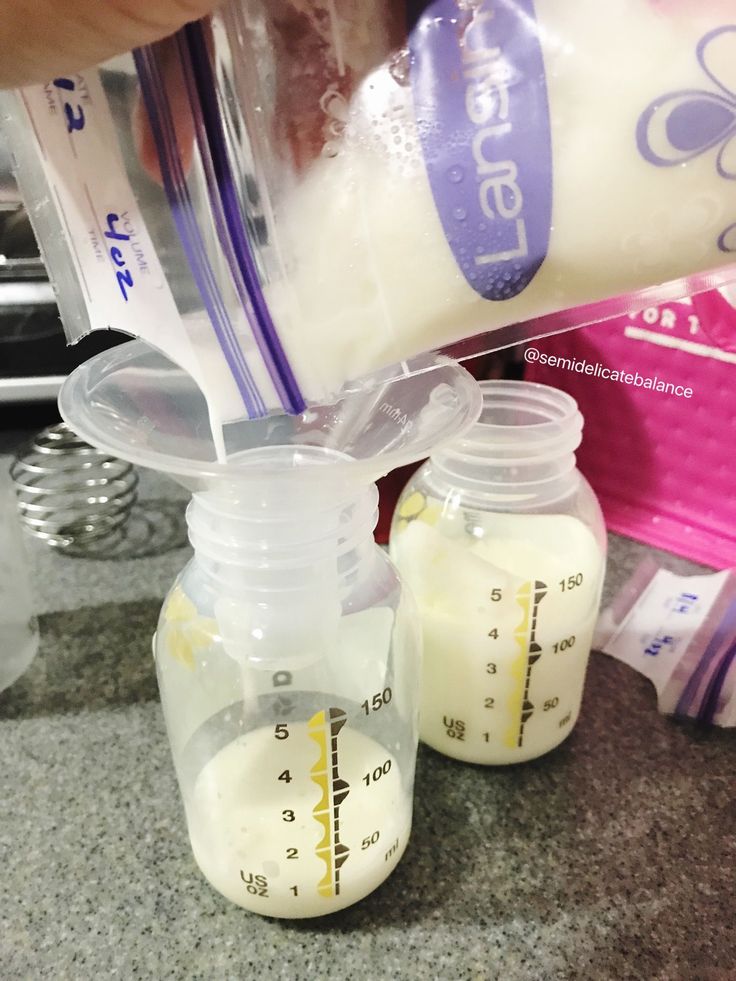 The fact is that among the bacteria that can be found in breast milk, there are harmless microbes (such bacteria are enterococci, epidermal staphylococcus aureus in small quantities) and pathogenic microbes (pathogenic, i.e. absolutely harmful), which in breast milk can be should not - Staphylococcus aureus, hemolyzing Escherichia coli, Klebsiella, Candida mushrooms and some others.
The fact is that among the bacteria that can be found in breast milk, there are harmless microbes (such bacteria are enterococci, epidermal staphylococcus aureus in small quantities) and pathogenic microbes (pathogenic, i.e. absolutely harmful), which in breast milk can be should not - Staphylococcus aureus, hemolyzing Escherichia coli, Klebsiella, Candida mushrooms and some others. Regardless of the causative agent, the symptoms of mastitis are almost identical: usually at 2-4 weeks of the postpartum period, the temperature quickly rises to 38-39 degrees, chills occur. It is extremely dangerous that its initial forms can quickly (within 2-4 days) turn into purulent forms, up to gangrenous. The main reasons for the development of this disease are milk stasis, poor emptying of the mammary gland during breastfeeding, and nipple cracks.
The milk ducts are a favorable environment for the growth of bacteria. The penetration of the infection usually comes from the child's mouth, through dirty hands, if the hygienic rules for caring for the mammary gland during pregnancy and lactation are not followed.
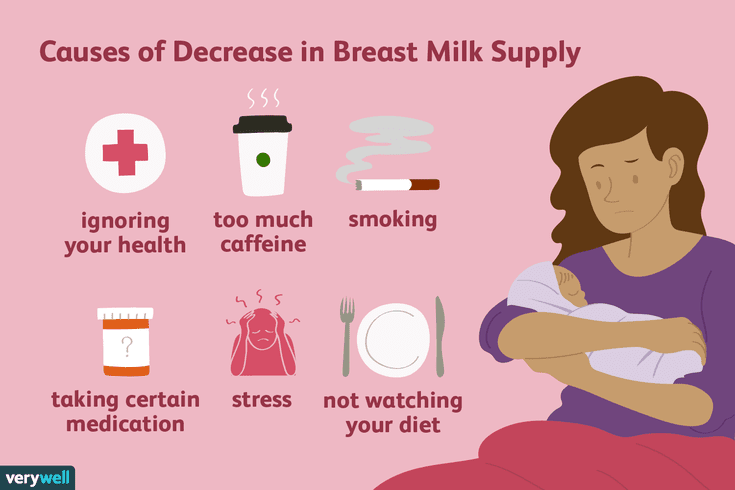 Eating such milk, the baby receives pathogenic microbes along with it, which provokes the development of various diseases in him.
Eating such milk, the baby receives pathogenic microbes along with it, which provokes the development of various diseases in him. For the treatment of mastitis, it is especially important to accurately identify the pathogen and know which antibiotics it is resistant to. Taking milk for this analysis is carried out in a sterile container, which can be purchased at medical offices before testing. A woman before expressing milk thoroughly washes her hands with soap, as well as the areola area and wipes them with a clean towel. It is also advisable to treat the areola of the nipple with alcohol.
The first portion of milk (approximately 5-10 ml) is expressed past. For sowing, a subsequent portion of milk is taken in an amount of 5-10 ml. Samples are taken from each breast into a separate sterile container, which is issued by the laboratory. If breastfeeding is continued, infected mother's milk and especially needed antibiotic therapy can adversely affect the newborn.
In the independent laboratory INVITRO, breast milk tests are carried out - bacterial inoculation for flora and determination of the sensitivity of microorganisms to antibiotics.
 The analysis for the presence of bacteria in the milk takes from two (if there are no bacteria) to seven days (if the bacteria are present in the milk and it is required to determine which antibiotics it is resistant to). After receiving the tests, the attending physician will be able to prescribe an effective treatment for the nursing mother and baby.
The analysis for the presence of bacteria in the milk takes from two (if there are no bacteria) to seven days (if the bacteria are present in the milk and it is required to determine which antibiotics it is resistant to). After receiving the tests, the attending physician will be able to prescribe an effective treatment for the nursing mother and baby. Subscribe to our newsletters
Enter e-mail
I consent to processing of personal data
Subscribe
Composition of breast milk | What is breast milk made of?
Breast milk is rich in nutrients that nourish and protect your baby.
 But did you know that its composition changes over time? Find out what breast milk is made of and how it adapts to your baby's needs.
But did you know that its composition changes over time? Find out what breast milk is made of and how it adapts to your baby's needs. Share this information
Breast milk is a baby's very first food, so of course
contains essential nutrients - carbohydrates, proteins, fats, and water to keep the body hydrated. 1 All this is true. But mother's milk is not just a food product, and it performs not only nutritional functions.What is breast milk made of?
Each serving of breast milk contains many other ingredients, many of which are unique.
- Millions living cells. These include white blood cells, which are responsible for strengthening the immune system, and stem cells, which promote the growth and repair of organs. 2
- More than 1000 proteins 3 that help baby's body grow and develop, strengthen his immune system, form and protect brain neurons.
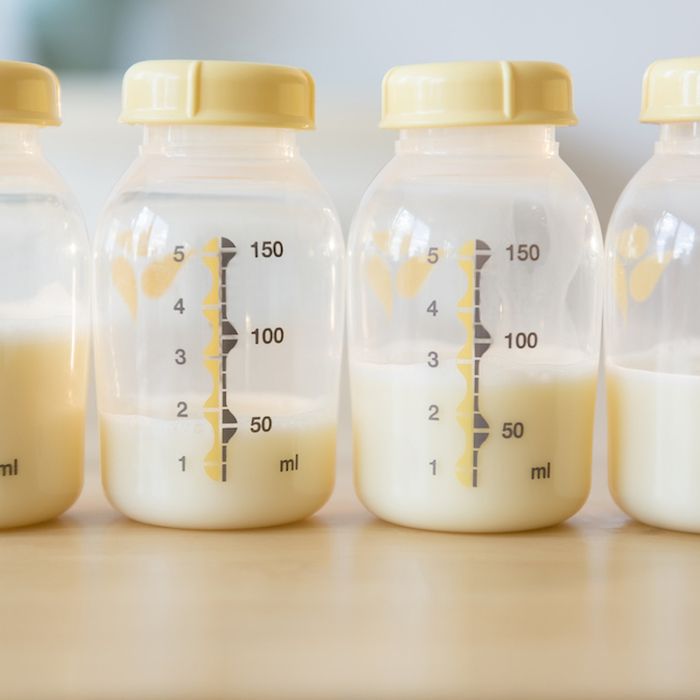
- All proteins in breast milk consist of amino acids . There are more than 20 types of them in milk, and they also include nucleotides, the content of which rises at night. Scientists suggest that they can have a hypnotic effect. 4.5
- Over 200 complex sugars - oligosaccharides 6 that act as prebiotics needed to maintain healthy microflora in the baby's gut. In addition, they prevent infections from entering the bloodstream and reduce the risk of brain inflammation.
- More than 40 enzymes 7 . Enzymes serve as catalysts for chemical reactions in the body. Breast milk enzymes stimulate digestion and immunity, and help the baby's body absorb iron.
- Growth factors contributing to the normal development of the organism. 1 They affect the state of many organs and systems, including internal organs, blood vessels, nervous system and glands responsible for the production of hormones.

- By the way, hormones in the composition of breast milk are many! 7 These smart chemicals are responsible for the exchange of information between tissues and organs, ensuring their normal functioning. Some hormones control appetite, others sleep, and some are even responsible for strengthening the bond between mom and baby.
- Vitamins & Minerals - Nutrients that support normal growth and function of organs and the formation of teeth and bones. 1
- Antibodies or immunoglobulins. There are five main types of antibodies, and all of them are present in breast milk. 8 Antibodies neutralize bacteria and viruses, protecting the child's body from infections and diseases.
- You may have heard of long chain fatty acids , which play a key role in the formation of the child's nervous system and the development of the brain and eyes. 9 So, they are also present in breast milk!
- 1400 species miRNA .
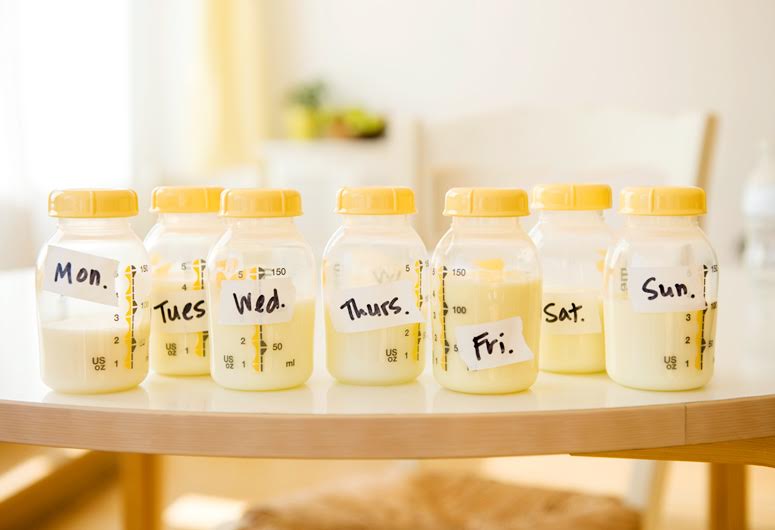 It is believed that they control gene expression, prevent and stop the development of diseases, support the immune system of the child, and also affect the change in the structure of the mother's breast. 10
It is believed that they control gene expression, prevent and stop the development of diseases, support the immune system of the child, and also affect the change in the structure of the mother's breast. 10
This long list includes only a subset of the ingredients in breast milk—and scientists are discovering new substances in the meantime. Interestingly, the content of these ingredients varies depending on the age and needs of the child.
Let's start from the beginning...
In the early days: colostrum
The first milk that is produced immediately after the birth of a baby is called colostrum. This thick, sticky liquid is often referred to as "liquid gold," and not just for its yellow or orange color. Colostrum performs an important function of nourishing and protecting the fragile body of a newborn baby.
Very little milk is produced at first - only 40-50 ml per day 11 . But the stomach of a newborn is very tiny, so this is quite enough.
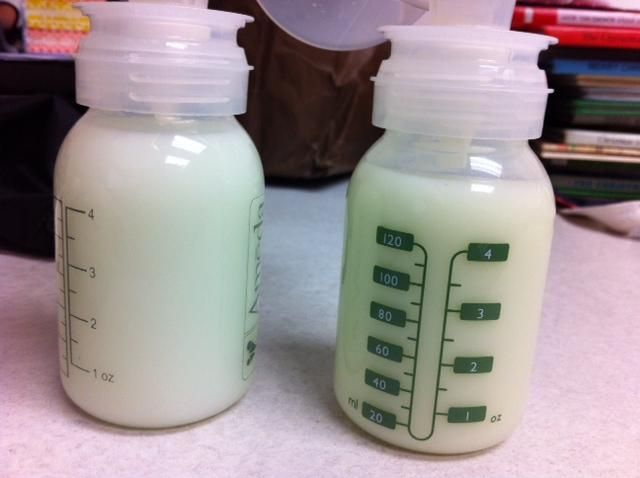 In addition, colostrum is very well digested. And the small volume is more than offset by its high-quality composition.
In addition, colostrum is very well digested. And the small volume is more than offset by its high-quality composition. Composition of colostrum
Colostrum contains the same substances as breast milk in the following weeks, but in a different ratio, according to the needs of the newborn.
Colostrum, for example, is sometimes called nature's vaccine for its high levels of antibodies and white blood cells. After the child leaves safe mother's womb, the first milk helps to protect it from infections and diseases.
In addition, the protective properties of colostrum play an important role in strengthening the baby's digestive system. Colostrum protects and strengthens the mucosa of the gastrointestinal tract, which is highly permeable in newborns. 12.13 This is especially important if the baby was born prematurely, because in this case the risk of necrotizing enterocolitis increases. 13
In addition, colostrum is rich in minerals and vitamins, and contains more vitamins A, E and K than in mature breast milk.
 The protein content is also increased. 1 Colostrum also has a laxative effect, helping to eliminate meconium (original feces). 14
The protein content is also increased. 1 Colostrum also has a laxative effect, helping to eliminate meconium (original feces). 14 In the next few weeks: transitional milk
During the first week of a baby's life, about two to four days after birth, breast milk production increases. The breast becomes larger and firmer - milk begins to "come". On the third day, the baby consumes 300-400 ml of breast milk per day, and by the fifth day - already 500-800 ml. No wonder breasts seem bigger!
Milk produced from days 5 to 14 is called transitional milk. 15 As the name suggests, this period is the transition from colostrum to mature breast milk. It becomes thicker and lighter, the content of fat and lactose (natural sugar) increases in it, and the calorie content increases. All this makes transitional milk an ideal food for the rapidly growing body of a newborn.
But despite the change in structure, transitional milk still contains a large amount of antibodies, living cells, beneficial bacteria and other biologically active substances necessary for the health of the child.
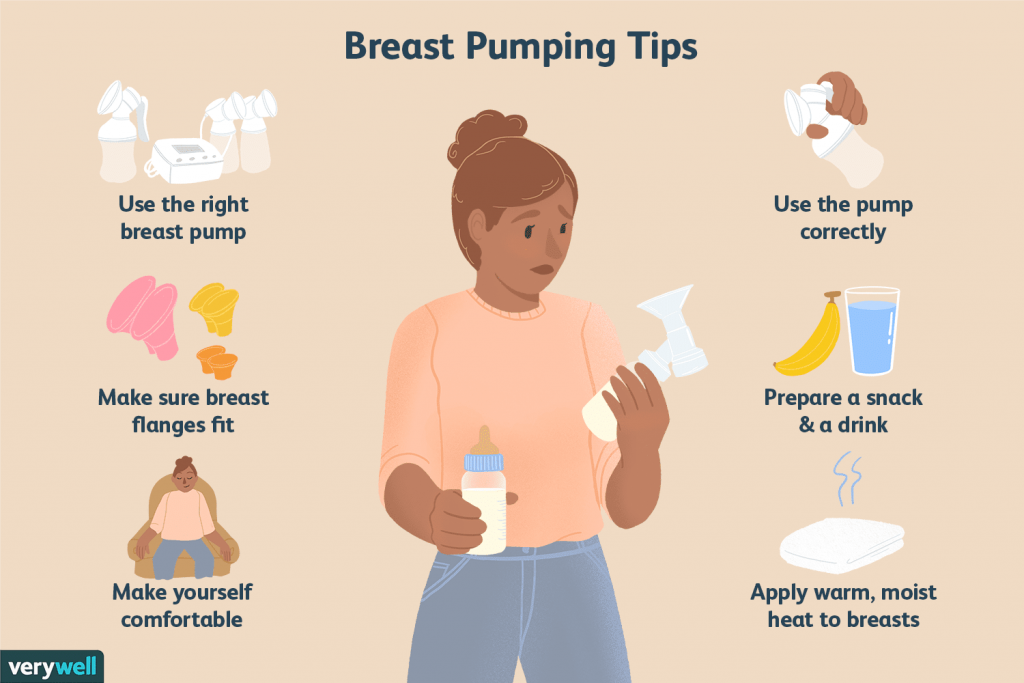 15
15 After four weeks: mature milk
By the time the baby is four weeks old, breast milk
has reached full maturity. It is rich in proteins, sugar, vitamins and minerals, as well as all kinds of biologically active components - hormones, growth factors, enzymes and living cells. All this ensures healthy growth and development of the child. 7After four weeks, the nutritional content and ingredient ratios of mature milk are generally fairly stable. However, the composition of milk at different times and in different feedings can still vary.
For example, if a mother or child is sick, the mother's body produces antibodies to the causative agents of this disease, and these antibodies pass into breast milk. And when the baby begins to explore the world and taste toys, the content of protective antibacterial enzymes in breast milk increases. 16 In other words, the composition of breast milk is adapted to the needs of the baby.

What is foremilk and hindmilk?
You may have noticed that milk becomes thicker towards the end of a feed. The fact is that as you feed, the fat content of milk gradually increases. This is due to the mechanical features of the movement of milk in the breast. The thick milk coming at the end of a feed is often referred to as "hind" milk, while the thinner milk at the beginning of a feed is often referred to as "fore". You might think that the transition from "front" milk to "back" occurs at some specific moment, but this is not so - the change in consistency occurs gradually. 15 Both milks are an essential part of a full serving and both are rich in vitamins, minerals, protein and sugar.
The fat content of milk depends on how full the breast is. At the beginning of feeding, the breasts can be filled more (and then the milk will be less fat) or less (and then the milk will be more fat). But do not worry about the amount of "forward" and "hind" milk - in general, every day the baby receives approximately the same amount of fat.
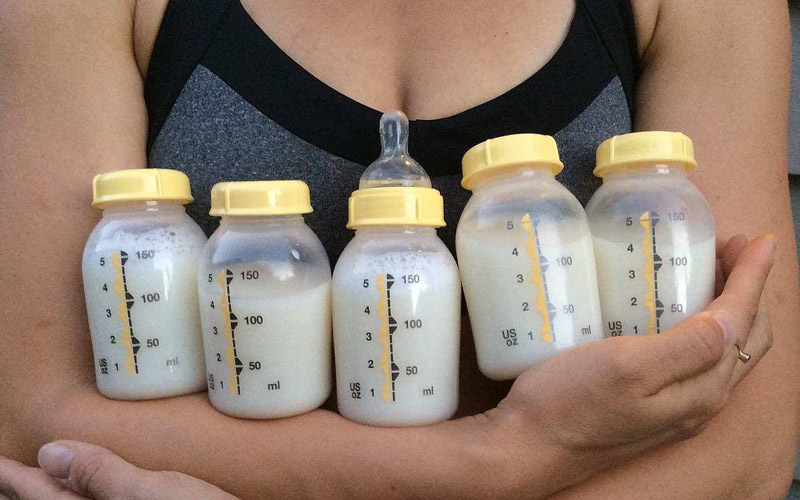 17
17 Composition of breast milk after six months
You might be wondering what happens to milk during prolonged breastfeeding
. Will the body be able to produce high quality mature milk for months or even years? Answer: do not underestimate the possibilities of the mother's breast!Although it is indeed time to start solid foods at six months of age to replenish the baby's stores of certain nutrients, such as iron, 18 breast milk still plays a big role in his diet.
For example, at the age of seven months, a baby still receives 93% of its calories from breast milk. And even between 11 and 16 months, mother's milk provides the baby with about half of the daily calorie intake. 19
So rest easy, breastfeeding will benefit you and your baby for many months.
Literature
1 Ballard O, Morrow AL. Human milk composition: nutrients and bioactive factors. Pediatric Clin North Am. 2013;60(1):49-74.
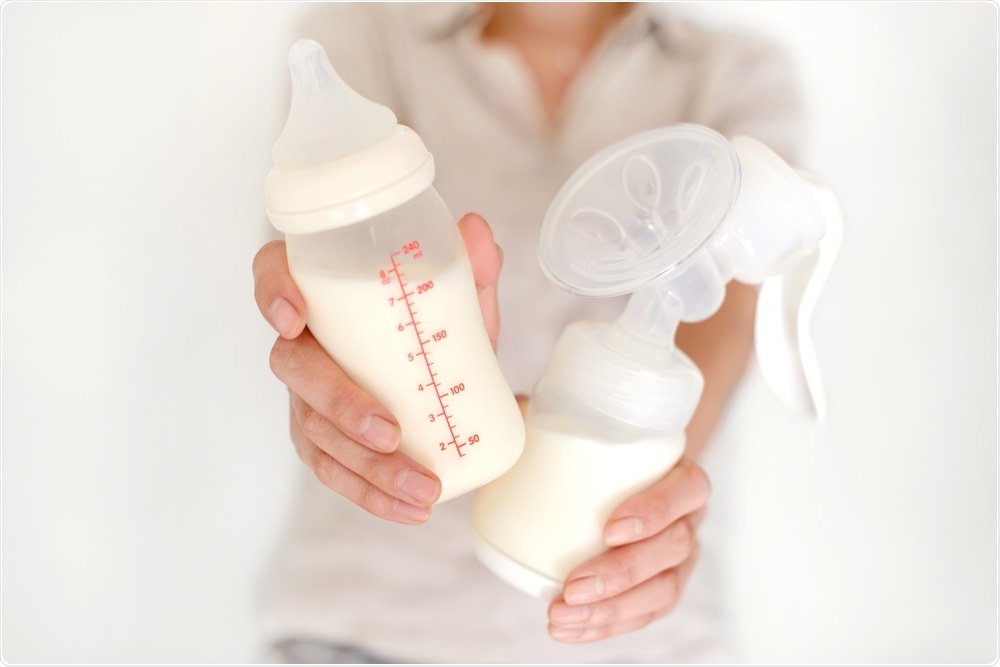 Ballard O., Morrow AL, "Composition of breast milk: nutrients and biologically active factors". Pediatric Clean North Am. 2013;60(1):49-74.
Ballard O., Morrow AL, "Composition of breast milk: nutrients and biologically active factors". Pediatric Clean North Am. 2013;60(1):49-74. 2 Hassiotou F et al. Cells in human milk: state of the science. J Human Lact . 2013;29(2):171-182. — Hassiot F. et al., "Breast Milk Cells: What the Science Knows." J Human Lact (Journal of the International Lactation Consultants Association) . 2013;29(2):171-182.
3 Beck K-L Comparative proteomics of human and macaque milk reveals species-specific nutrition during postnatal development. J Proteome Res . 2015;14(5):2143-2157. - Beck K.L. et al., "Comparative proteomics of human and macaque milk demonstrates species-specific nutrition during postnatal development." G Proteom Res. 2015;14(5):2143-2157.
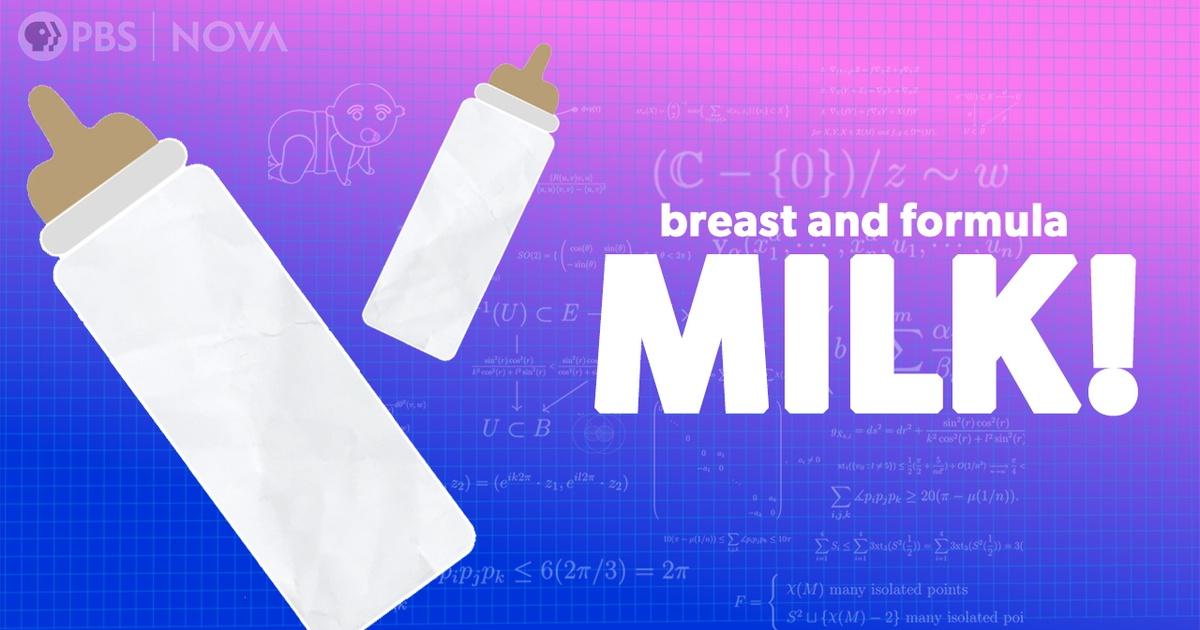
4 Zhang Z et al. Amino acid profiles in term and preterm human milk through lactation: a systematic review. Nutrients. 2013;5(12):4800-4821. - Amino acid profile of milk after term and preterm birth: a systematic review. Nutrients. 2013;5(12):4800-4821.
5 Sánchez CL et al. The possible role of human milk nucleotides as sleep inducers. Nutr Neurosci. 2009;12(1):2-8. - Sanchez S.L. et al., "Nucleotides in breast milk may help the baby fall asleep." Nutr Neurosai. 2009;12(1):2-8.
6 Moukarzel S, Bode L. Human milk oligosaccharides and the preterm infant: a journey in sickness and in health. Clin perinatol. 2017;44(1):193-207. - Mukarzel S., Bode L., "Breast milk oligosaccharides and the full-term baby: a path to illness and health." Klin Perinatol (Clinical perinatology). 2017;44(1):193-207.
7 Hamosh M. Bioactive factors in human milk.
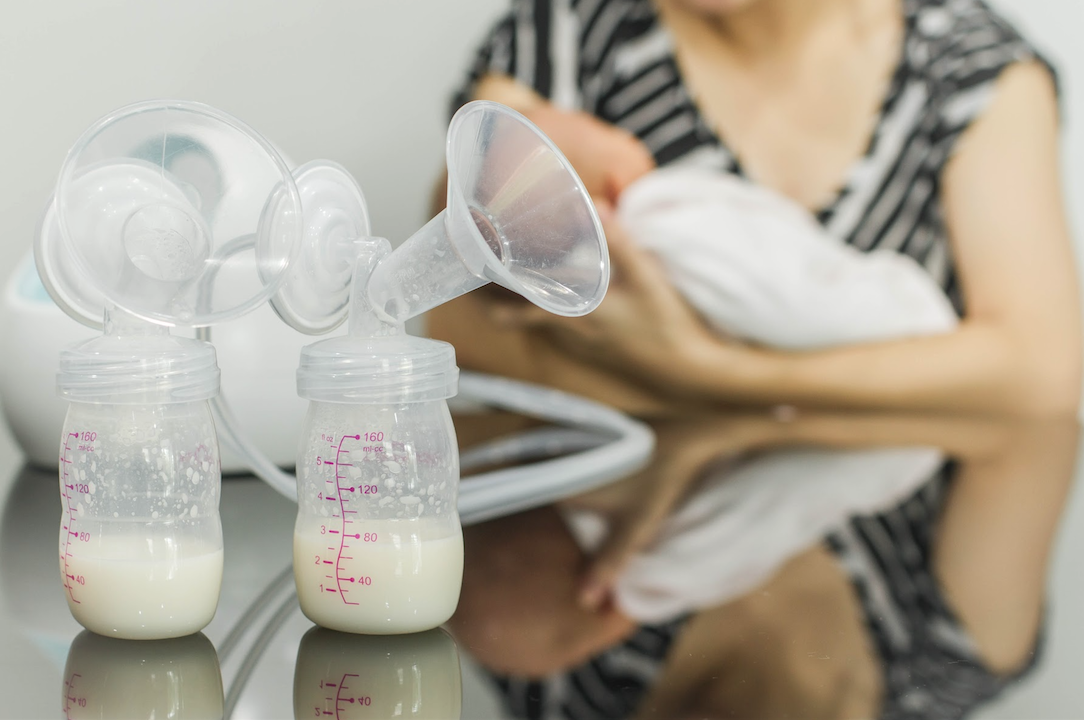 Pediatric Clinics. 2001;48(1):69-86. - Hamosh M., "Biological active factors of breast milk. Pediatrics clinics. 2001; 48 (1): 69-86.
Pediatric Clinics. 2001;48(1):69-86. - Hamosh M., "Biological active factors of breast milk. Pediatrics clinics. 2001; 48 (1): 69-86. 8 Brandtzaeg and its integration with the mammary glands The J Pediatr 2010;156(2): S 8-15. - Brandtzeg P., "The mucosal immune system and its integration with the mammary glands". F Pediatrician (Journal of Pediatrics). 2010;156(2):S8-15.
9 Uauy R et al. Essential fatty acids in early life: structural and functional role. Proc Nutr Soc . 2000;59(1):3-15. - Wye R. et al., "Essential Fatty Acids of the First Days of Life: Structural and Functional Role." Nutr Soc. 2000;59(1):3-15.
10 Alsaweed M et al. Human milk cells and lipids conserve numerous known and novel miRNAs, some of which are differentially expressed during lactation.
 PLoS One . 2016;11(4): e 0152610. - Alsavid M. et al., "Breast milk cells and lipids retain many known and unknown miRNAs, many of which show differential expression during lactation." PLOS One. 2016;11(4):e0152610.
PLoS One . 2016;11(4): e 0152610. - Alsavid M. et al., "Breast milk cells and lipids retain many known and unknown miRNAs, many of which show differential expression during lactation." PLOS One. 2016;11(4):e0152610. 11 Neville MC et al. Studies in human lactation: milk volumes in lactating women during the onset of lactation and full lactation. Am J Clin Nutr . 1988;48(6):1375-1386. - Neville M.S. et al., "Female Lactation Study: Milk Quantity in Lactating Women at the Beginning and Peak of Lactation." Am F Clean Nutr. 1988;48(6):1375-1386.
12 Marchbank T et al. Pancreatic secretory trypsin inhibitor is a major motogenic and protective factor in human breast milk. Am J Physiol Gastrointest Liver Physiol. 2009;296(4):G697-703. Marchbank T. et al., "Trypsin inhibitor in pancreatic secretion as the most important motogenic and protective factor in breast milk".
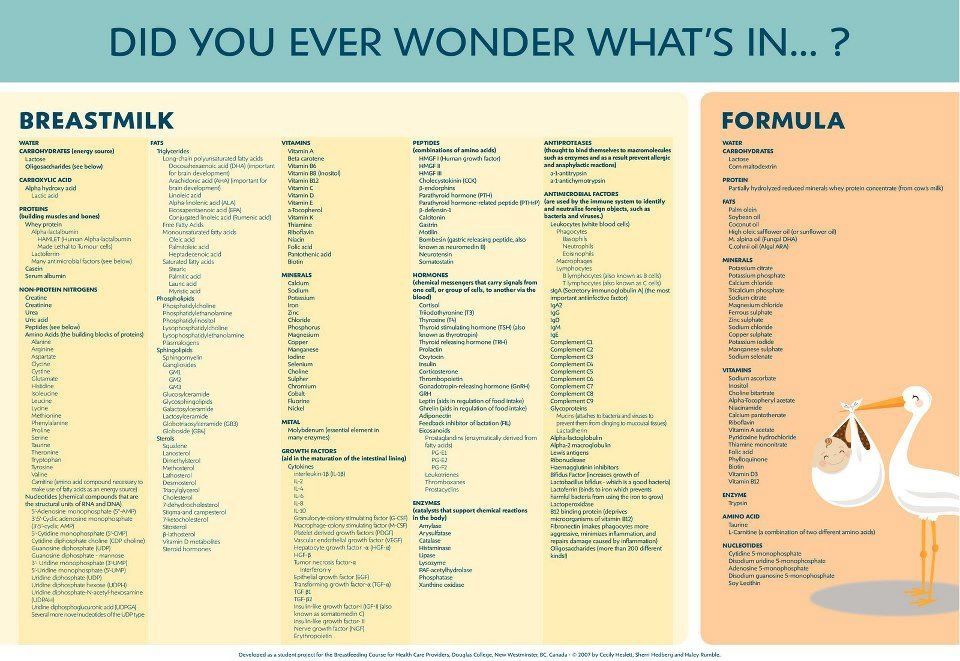 Am Zh Physiol Gastrointest Liver Physiol. 2009;296(4):G697-703.
Am Zh Physiol Gastrointest Liver Physiol. 2009;296(4):G697-703. 13 Herrmann K, Carroll K. An exclusively human milk diet reduces necrotizing enterocolitis. breastmed. 2014;9(4):184-190. - Herrmann K, Carroll K, "Exclusive breastfeeding reduces the risk of necrotizing enterocolitis." Brest Med (Breastfeeding Medicine). 2014;9(4):184-190.
14 Lawrence RA, Lawrence RM. Breastfeeding: A guide for the medical profession. 7th ed. Maryland Heights MO, USA: Elsevier Mosby; 2010. 1128 p - Lawrence R.A., Lawrence R.M., "Breastfeeding: A guide for healthcare professionals." Seventh edition. Publisher Maryland Heights , Missouri, USA: Elsevier Mosby; 2010. P. 1128.
15 Martin CR et al. Review of infant feeding: key features of breast milk and infant formula. Nutrients. 2016;8(5):279.
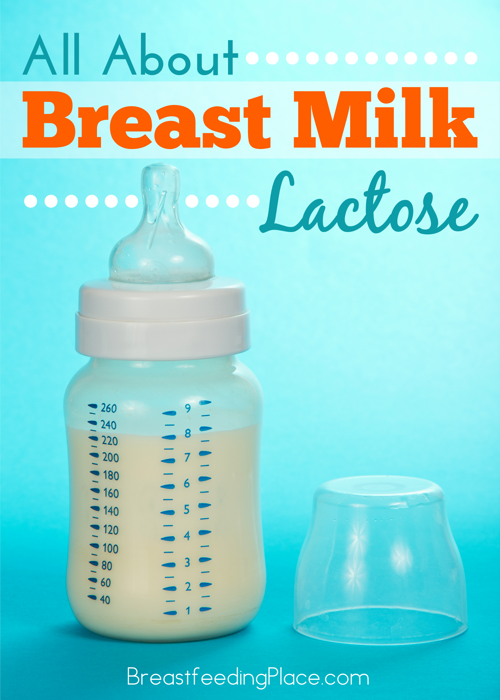 - Martin S.R. et al., Review of Infant Feeding Issues: Key Features of Breast Milk and Infant Formula. Nutrients. 2016;8(5):279.
- Martin S.R. et al., Review of Infant Feeding Issues: Key Features of Breast Milk and Infant Formula. Nutrients. 2016;8(5):279. 16 Montagne P et al. Changes in lactoferrin and lysozyme levels in human milk during the first twelve weeks of lactation. InBioactive components of human milk 2001 (pp. 241-247). Springer, Boston, MA. - Montagne, P. et al. "Changes in lactoferrin and lysozyme levels in breast milk during the first twelve weeks of lactation". In the collection "Biologically active components of breast milk" 2001 (pp. 241-247). Springer, Boston, Massachusetts.
17 Kent JC, et al. Volume and frequency of breastfeedings and fat content of breast milk throughout the day. Pediatrics. 2006;117(3): e 387-395. - Kent J.S. et al., "Amount and frequency of feedings and fat content of milk during the day". Pediatrix (Pediatrics). 2006;117(3):e387-395.
18 Kuo AA et al.
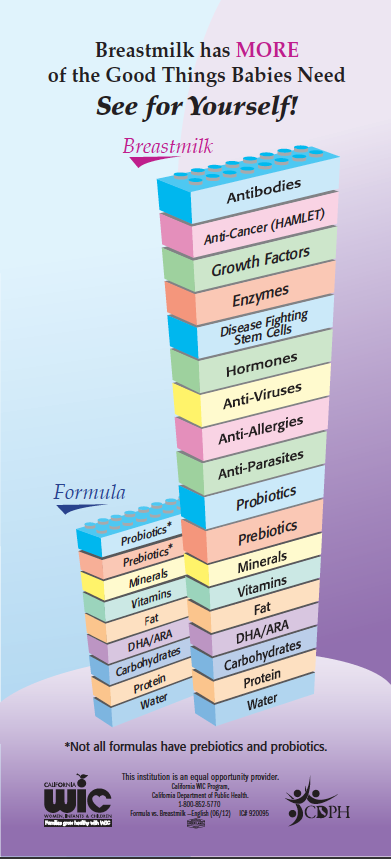
- Breast milk is 87% water. It is biologically active and easily digestible, so the baby does not need to be specially supplemented.


